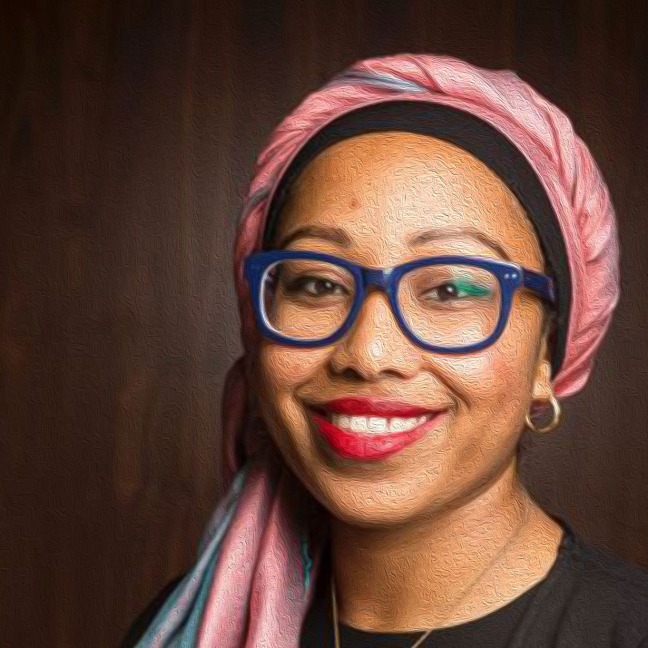There is a troubling trend of famous scientists receiving increased attention to speak at academic events and on conservative media. In The Humanist, I recently wrote about the resurgence of political scientist Charles Murray, co-author of The Bell Curve. The book has been universally critiqued as an example of modern-day scientific racism. Yet Murray is being embraced by right wing media personalities, as well as by research institutions. He was the focus of a student and faculty protest after being invited to give a talk.
Published in 1994, The Bell Curve was founded on a flawed premise that inferred a correlation between intelligence, socio-economic achievement, and genetics, without accounting for the effects of discrimination. The research was funded by the eugenics-promoting Pioneer Fund. Time has proven the book to be scientifically “reckless.” It enjoys a resurgence in 2017, the era of Trump, specifically because it is read as proof that White people are superior to racial minorities, especially Black and Latin people.
We can see a similar pattern in the renewed embrace of Dr James Watson. He is famous for being awarded a Nobel Prize for discovering the structure of DNA along with Francis Crick, but they did so by stealing the work of a White woman scientist, Rosalind Franklin. Watson has also promoted scientific racism and sexism throughout his career, arguing that Black people are less intelligent and that women have no value in science careers. He also spread racist pseudoscience, saying there is a link between sunlight and increased libido. His reasoning: “That’s why you have Latin lovers.” He has further argued that thin people are more ambitious, and he subsequently validates that discrimination towards fat people is understandable. All of this, of course, is without any scientific evidence.
What message does his continued elevated status send to underrepresented and marginalised groups in academia?








